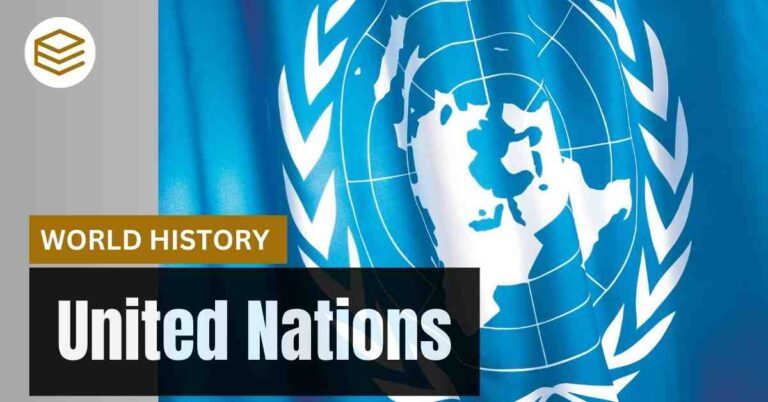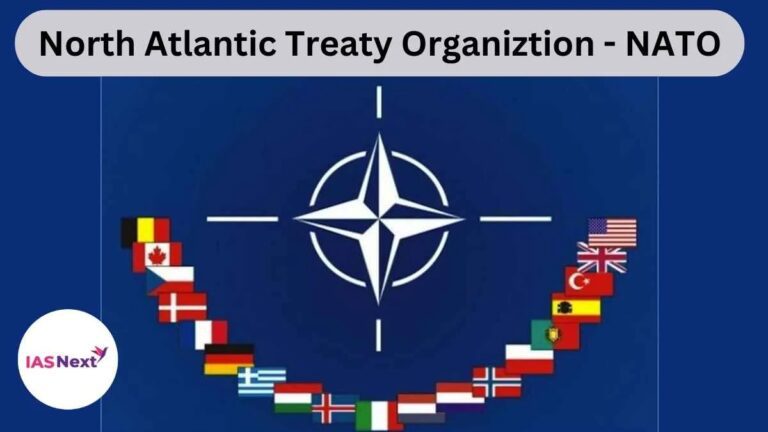October 25, 2025 12:54 am
Introduction:
- The Bay of Bengal Initiative for Multi-Sectoral Technical and Economic Cooperation (BIMSTEC) is a multilateral regional organization aimed at accelerating shared growth and cooperation among littoral and adjacent countries in the Bay of Bengal region.
- BIMSTEC was established in 1997 through the Bangkok Declaration, with its Secretariat located in Dhaka, Bangladesh.
- It represents a unique regional unity, connecting South and Southeast Asia, as well as the ecologies of the Great Himalayas and the Bay of Bengal.
- BIMSTEC serves as a bridge for intra-regional cooperation between SAARC and ASEAN.
Purposes:
- Creating an environment for rapid economic development through specific cooperation projects in agreed areas.
- Accelerating economic growth and social progress through joint initiatives based on equality and partnership.
- Fostering active collaboration and mutual assistance in economic, social, technical, and scientific matters.
- Providing training and research facilities in educational, professional, and technical spheres.
- Engaging in projects that maximize regional synergies among BIMSTEC Member States.
- Promoting peace and stability through cooperation against international terrorism, organized crime, natural disasters, climate change, and communicable diseases.
- Maintaining beneficial cooperation with international organizations.
- Working to eradicate poverty and establish multidimensional connectivity for economic integration.
- Fostering trade and investment as essential factors for economic and social development.
- Acting as a bridge between South and Southeast Asia, reinforcing relations among member countries.
BIMSTEC Principles:
- Based on sovereign equality, territorial integrity, political independence, non-interference in internal affairs, non-aggression, peaceful coexistence, mutual respect, and mutual benefit.
- Cooperation in BIMSTEC complements, rather than substitutes, other forms of bilateral, regional, or multilateral collaboration.
Important Facts:
- Home to around 1.5 billion people, accounting for 22% of the global population.
- Combined GDP of US$ 3.7 trillion.
- A quarter of the world’s traded goods traverse the Bay of Bengal annually.
Institutional Mechanisms of BIMSTEC:
- BIMSTEC Secretariat: The central administrative hub in Dhaka, Bangladesh, coordinating the organization’s activities.
- BIMSTEC Summit: The highest decision-making body, comprising heads of state or government, convenes annually to set policies.
- BIMSTEC Council of Ministers: Composed of foreign ministers, responsible for implementing Summit decisions, meets twice a year.
- BIMSTEC Working Groups: Focus on specific areas like trade, transport, and disaster management, executing projects and initiatives.
Key Outcomes of the 5th BIMSTEC Summit:
- Adoption of the BIMSTEC Charter, establishing it as an intergovernmental organization with legal identity.
- Redefining BIMSTEC as a regional organization, not just a sub-regional one.
- Streamlining sectors of cooperation from 14 to 7, with each member state leading a sector.
- Approval of the Master Plan for Transport Connectivity (2018-2028) to guide future connectivity initiatives.
- Signing of three key agreements:
- BIMSTEC Convention on Mutual Legal Assistance in Criminal Matters.
- BIMSTEC MoU on Mutual Cooperation in Diplomatic Training.
- MoA on Establishing BIMSTEC Technology Transfer Facility.
Lead Sectors:
| Country | Sector |
|---|---|
| Bangladesh | Trade, investment, and development |
| Bhutan | Environment and climate change |
| India | Security, including energy |
| Myanmar | Agriculture and food security |
| Nepal | People-to-people contacts |
| Sri Lanka | Science, technology, and innovation |
| Thailand | Connectivity |
BIMSTEC Connectivity Projects:
- Kaladan Multimodal Project:
- Linking India and Myanmar, the project aims to provide an alternate route to India’s Northeast.
- The project includes sea, river, and road transport, connecting Kolkata Port to Sittwe Port in Myanmar, then inland to Mizoram.
- Asian Trilateral Highway:
- A 1360-km highway linking India, Myanmar, and Thailand.
- Includes crucial sections funded by the Government of India, enhancing ASEAN-India trade.
- BBIN Motor Vehicles Agreement:
- Framework signed in 2015 to enable seamless passenger and cargo movement across Bangladesh, Bhutan, India, and Nepal.
- Bhutan has yet to ratify but agreed for implementation among the other three countries.
Significance of BIMSTEC for India:
- Neighbor Relations: BIMSTEC provides a platform for dialogue and resolving bilateral issues.
- Economic Opportunities: Expands markets for trade and investment, boosting India’s economy.
- Regional Security: Collaboration enhances stability and addresses threats.
- Access to Resources: Shared resources across member states benefit India and the region.
- An alternative to SAARC, strengthening India’s ties with neighbors despite Indo-Pak tensions.
Strategic Importance:
- The Bay of Bengal’s strategic value has grown in the Indo-Pacific, especially in the India-China rivalry.
- BIMSTEC supports India’s Indo-Pacific strategy, connecting South, East, and North.
- The Bay is a critical route for 25% of global trade.
Challenges with BIMSTEC:
- Slow Progress: Key issues like trade and energy cooperation remain unresolved.
- Member State Tensions: Conflicts have hindered cooperation.
- Limited Resources: Financial and institutional limitations affect efficiency.
- Perceived Indian Hegemony: Concerns over India’s dominance and reliance on China impact collaboration.
- FTA Stalemate: A comprehensive Free Trade Agreement remains elusive.
Way Forward:
- Enhanced Political Engagement: Greater involvement from leadership.
- Boost Connectivity: Accelerate multilateral projects and people-to-people ties.
- Community Involvement: Develop inclusive decision-making frameworks.
- Finalizing a BIMSTEC FTA to avoid being seen as ineffective.
- Collaborate on Security: Address non-traditional threats jointly.
- Broader Engagement: Integrate with other regional organizations.
Conclusion:
- BIMSTEC holds immense potential but faces hurdles like limited resources, internal conflicts, and slow progress. Addressing these challenges requires stronger collaboration, institutional support, and a clear focus on key issues.
- The organization can drive economic and social growth in the Bay of Bengal region if member states foster a spirit of cooperation and shared prosperity.





[…] THE BAY OF BENGAL INITIATIVE FOR MULTI-SECTORAL TECHNICAL AND ECONOMIC COOPERATION (BIMSTEC) […]
[…] THE BAY OF BENGAL INITIATIVE FOR MULTI-SECTORAL TECHNICAL AND ECONOMIC COOPERATION (BIMSTEC) […]
[…] THE BAY OF BENGAL INITIATIVE FOR MULTI-SECTORAL TECHNICAL AND ECONOMIC COOPERATION (BIMSTEC) […]